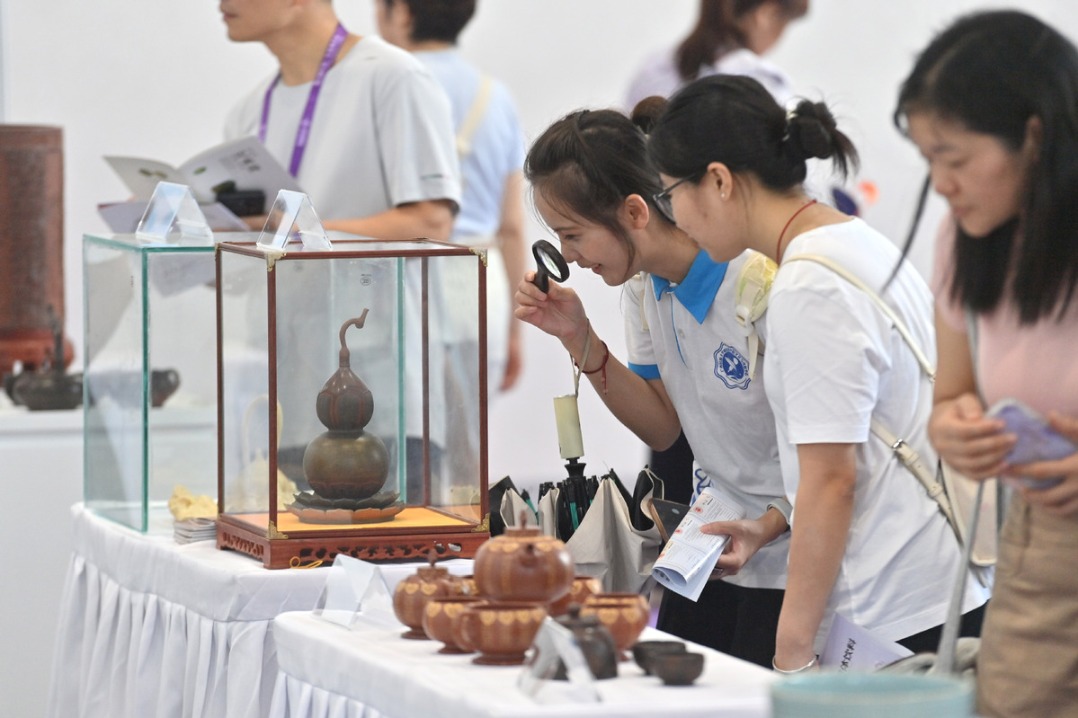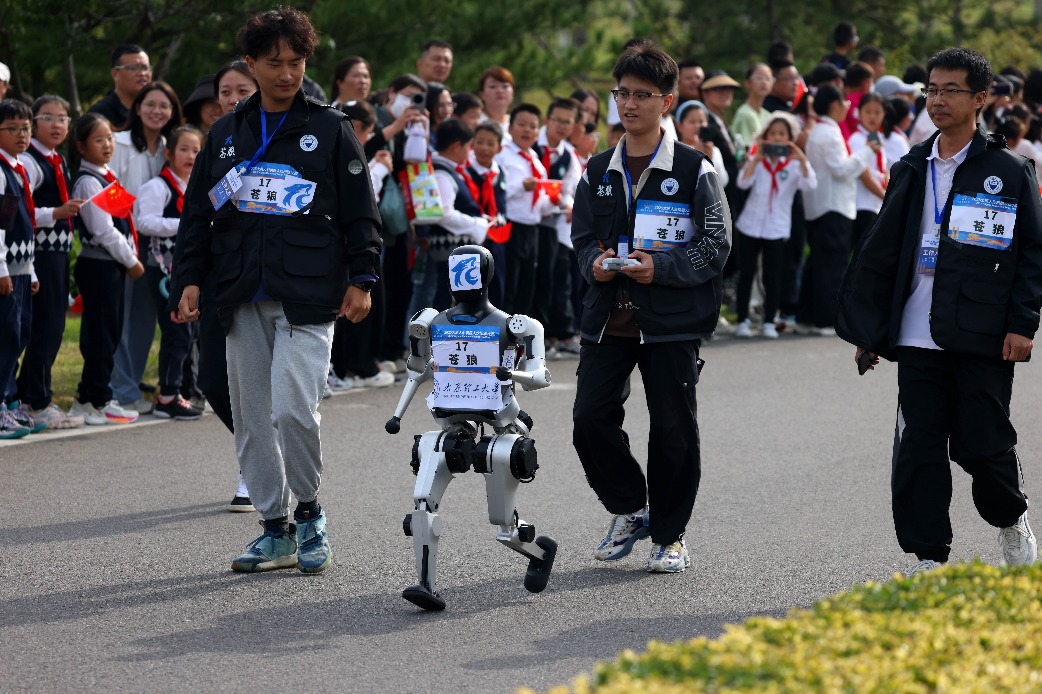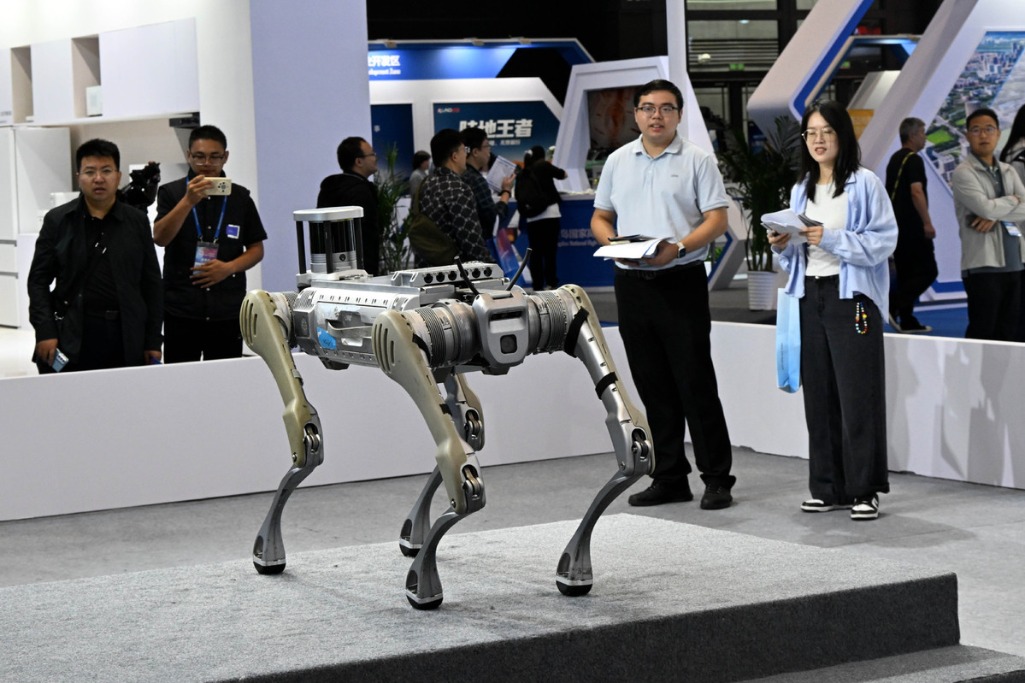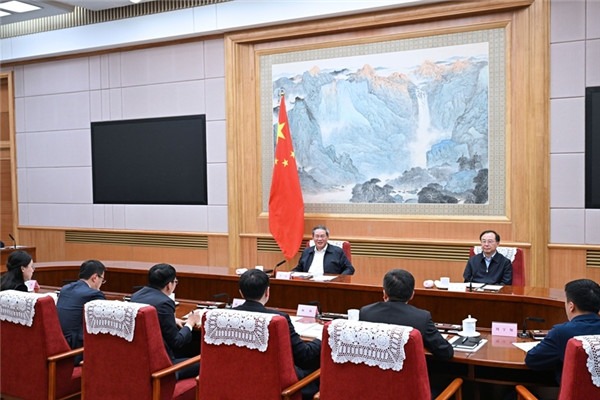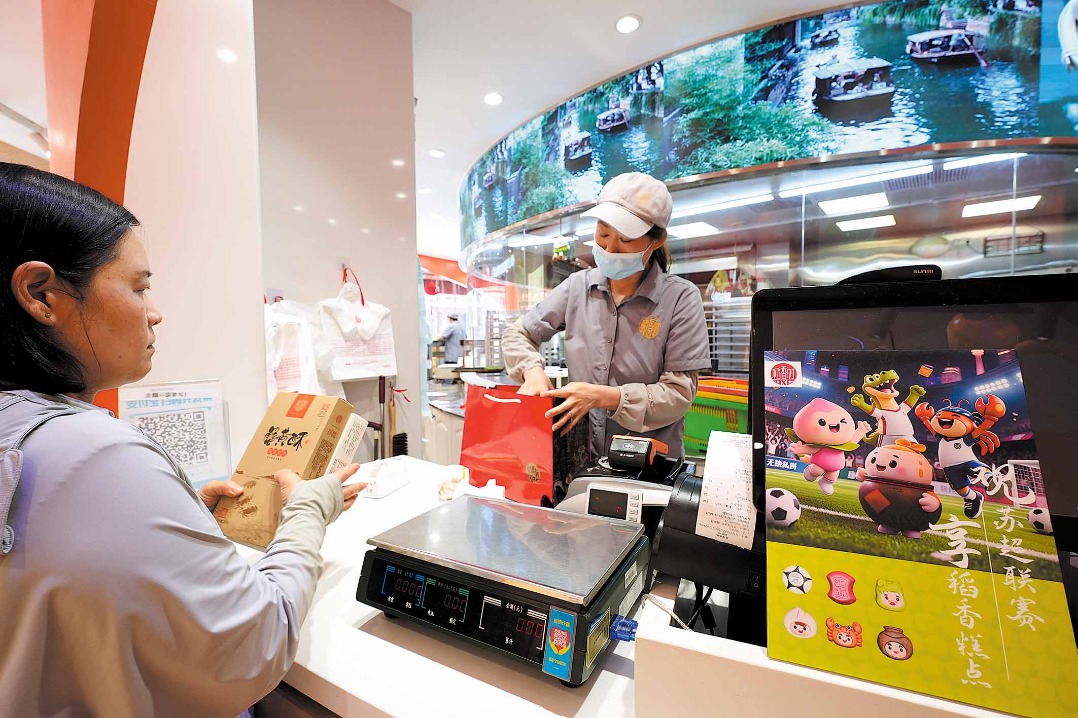Stronger infra support, favorable policies make metropolis more attractive

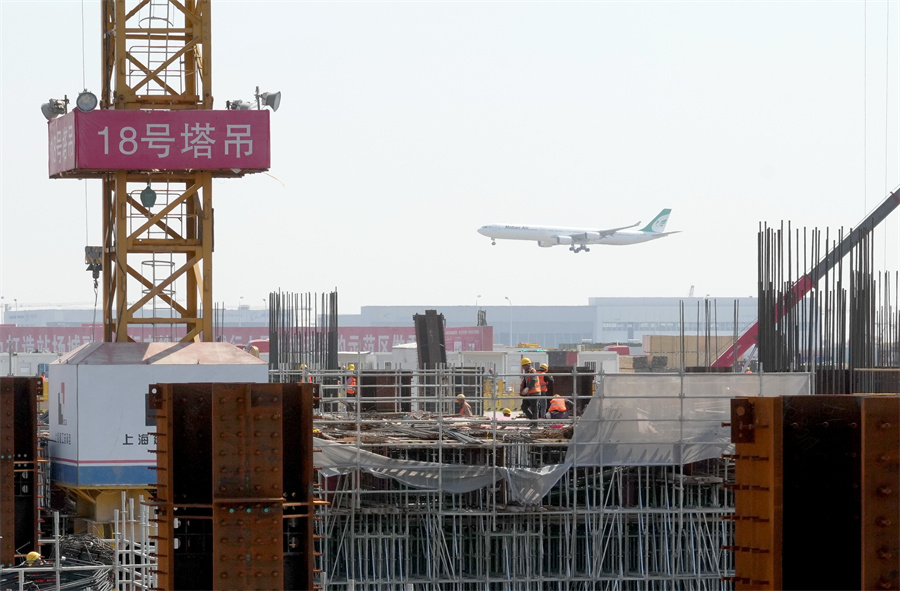
For a very long time, people living in eastern Shanghai's Pudong New Area have been yearning for a railway station. And 34-year-old Zhang Xiaolu is one of them.
"It takes us at least one hour to get to Hongqiao Railway Station by taxi, while going by metro is even longer — two hours. This has been a pain for us when we plan family trips, especially for the neighboring cities," she said.
Hopefully in two years, such a dilemma will no longer be a headache for Zhang. Shanghai East Railway Station, which is 5 kilometers from Shanghai Pudong International Airport, is scheduled to become operational in July 2027. After the completion of the new railway lines being built to link this upcoming station, people living in Pudong will be able to reach Hangzhou, Zhejiang province, in 40 minutes.
Therefore, Zhang was more than a little excited to learn that the station building entered the main construction stage in mid-March. She drove there one week later and shared pictures of the construction site on her social network account.
The new railway station is just one link to the extensive transportation network anticipated in the wider area of the Shanghai Eastern Hub International Business Cooperation Zone. With a planned 0.88 square kilometers, radiating to a wider 510 sq km in neighboring cities, the zone will include high-speed train, airline and metro services.
International travelers will also benefit from the easier transportation connections, and, more importantly, the policy breakthroughs, which can be first anticipated from the eastern part of the zone, or the pilot start-up area.
According to the Shanghai Municipal Commission of Commerce, overseas business travelers landing at Shanghai Pudong International Airport will be allowed to enter the pilot start-up area by only presenting their international travel documents, any required health documents and a valid invitation from the Zone's administration. No Chinese visa is required under such circumstances. These travelers can stay within the area for 30 days for business activities, with an extension of stay allowed. If they wish to visit other parts of China, they can apply for a visa at the port visa authorities.
"An unprecedented opening-up level can be anticipated at the pilot start-up area. It will facilitate international business exchanges, gather various service resources and promote the integrated development of the Yangtze River Delta region," said Zhu Min, head of the Shanghai Municipal Commission of Commerce.
Upon the closed operation of the pilot start-up area, which is scheduled within the year, multinational companies' regional headquarters and other international institutions can find their short-term business stay here more convenient, said Zhu.
Meanwhile, high-end exhibitions, including foreign-related economic and technological ones, will be held in the pilot start-up area. Universities from home and abroad, research institutes, multinational companies and industry associations will be encouraged to provide training in the area, with professional training for the operation of large-scale medical equipment and aviation flight simulation serving as major highlights, he added.
As China's first special zone of its kind, Shanghai Eastern Hub International Business Cooperation Zone should "create highly convenient platforms facilitating international business exchanges" upon its completion of construction in 2030, according to its framework plan approved by the State Council in February 2024.
According to officials from the General Administration of Customs, the Zone is not a simple replication of any kind of special zone. On top of the management rules implemented in comprehensive bonded zones, Customs supervision zones and limited areas of ports, the new zone in Pudong has introduced more measures to facilitate the entry and exit of people.
In other words, while opening-up policies used to focus on the flow of goods, the flow of people has been the new focal point of the new zone, they said in a press conference in late February.
During a visit to the new zone in February, Shanghai's Mayor Gong Zheng said that a higher level of opening-up and more pioneering institutional innovations should be promoted here, as it is defined as one of the areas showing the highest level of opening-up in the country.
The Zone should attract more talent, capital, technologies and industries from all over the world to develop the high-end service industry and translate the large transportation traffic into incremental economic drivers, he said.
Discussions about the relationship between Pudong and Hongqiao, the latter which now accommodates one international airport and one railway station, have been on the rise with the advent of the Shanghai East Railway Station. But Tang Zilai, a professor from the College of Architecture and Urban Planning at Tongji University, considers them "the two wings of Shanghai".
"With Pudong connecting to the rest of the world, Hongqiao plays a pivotal role in revitalizing the internal resources. Close ties between these two places can help achieve highly efficient dual circulation," he said.



















